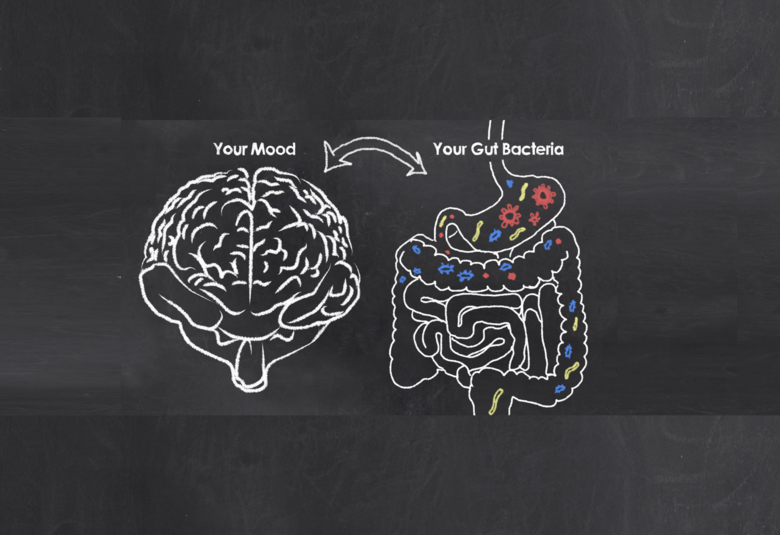At a Lundbeck General Practitioner Day held in Pretoria, Dr Jireh Serfontein, a sexual health specialist, presented on ‘Antidepressants and sexual function’, a topic which is common in every day practice, but is not always discussed.
To give context to the topic, Dr Serfontein opened the talk by noting that there have been many models developed to describe sexual functioning. These models include the Masters and Johnson Linear Model, Kaplan’s Three Stage Model and Basson’s Female Response Model.
Sexual dysfunction, depression and antidepressant therapy may all be linked.
She also gave a brief background on depression and the possible link with sexual dysfunction. Depression is an epidemic, affecting 350 million people globally. Sexual dysfunction is a common symptom of depression, and all phases of the sexual cycle may be impaired. At the same time, antidepressants can also cause sexual dysfunction. Sexual adverse events due to medicine affect both the quality of life of the patient and may decrease compliance to the antidepressant treatment. Although the exact mechanisms are not understood, it is postulated that these sexual adverse events may occur due to a change in neurotransmitters centrally or peripherally.
Medication induced sexual dysfunction must be carefully classified in order to adopt the correct approach to treatment.
In terms of neurotransmitters and their link to sexual function, it is important to recognise that dopamine motivates behaviours and this includes sexual behaviours. Dopamine also influences desire and arousal. Norepinephrine (NE) stimulates sexual arousal and vasocongestion.
Medication induced sexual dysfunction is characterised by a clinically significant disturbance which is not explained by an underlying sexual dysfunction attributable to another cause, does not occur during the course of delirium and causes significant distress for the individual.
Below looks at specific classes of antidepressants and potential effects on sexual dysfunction (SD):
SSRIs
- Prevalence of SD is 25% - 75%
- Women: Low libido and orgasmic disorder
- Men: Low libido, erectile dysfunction and delayed ejaculation
The preferred choice in this class is escitalopram, with SD rates of 30%, whereas on the opposite end of the spectrum is paroxetine, which can cause SD in up to 65% - 75% of patients
TCAs
- Prevalence of SD is 30%
- Possibly due to effects on serotonin
SNRIs
- Prevalence of SD is 60% - 70%
- Women: Delayed or absent orgasm
Management of antidepressant induced sexual dysfunction may include a multi-faceted approach. First of all, the practitioner must exclude confounding factors and comorbid conditions. Watchful waiting may be a useful approach but it needs to be noted that only 5% - 10% of the dysfunction will resolve. If the antidepressant dose is decreased, it might be effective for relieving SEs, but not for treating the primary condition. Drug holidays are not generally recommended as this may cause a decrease in efficacy of the antidepressant and result in problems with compliance. Switch therapy can be effective if an appropriate drug can then be found and used.
It is important to be cognisant that while 72% of patients are comfortable talking about SD, 73% want clinicians to raise the subject first. Sexuality is one of the least commonly discussed health topics, especially with female patients.
In conclusion, a model which may be useful for general practitioners to bear in mind is the PLISSIT model of addressing sexual functioning:
P – Permission
- For the doctor to discuss the topic
- For the patient to discuss the topic
- To continue normal sexual behaviour (reassurance)
LI – Limited Information
- Clarify misinformation
- Dispel myths
- Provide factual information
S – Specific Suggestions
- Suggestions directly related to the problem
IT – Intensive Treatment
- Highly individualised treatment for more complex issues




